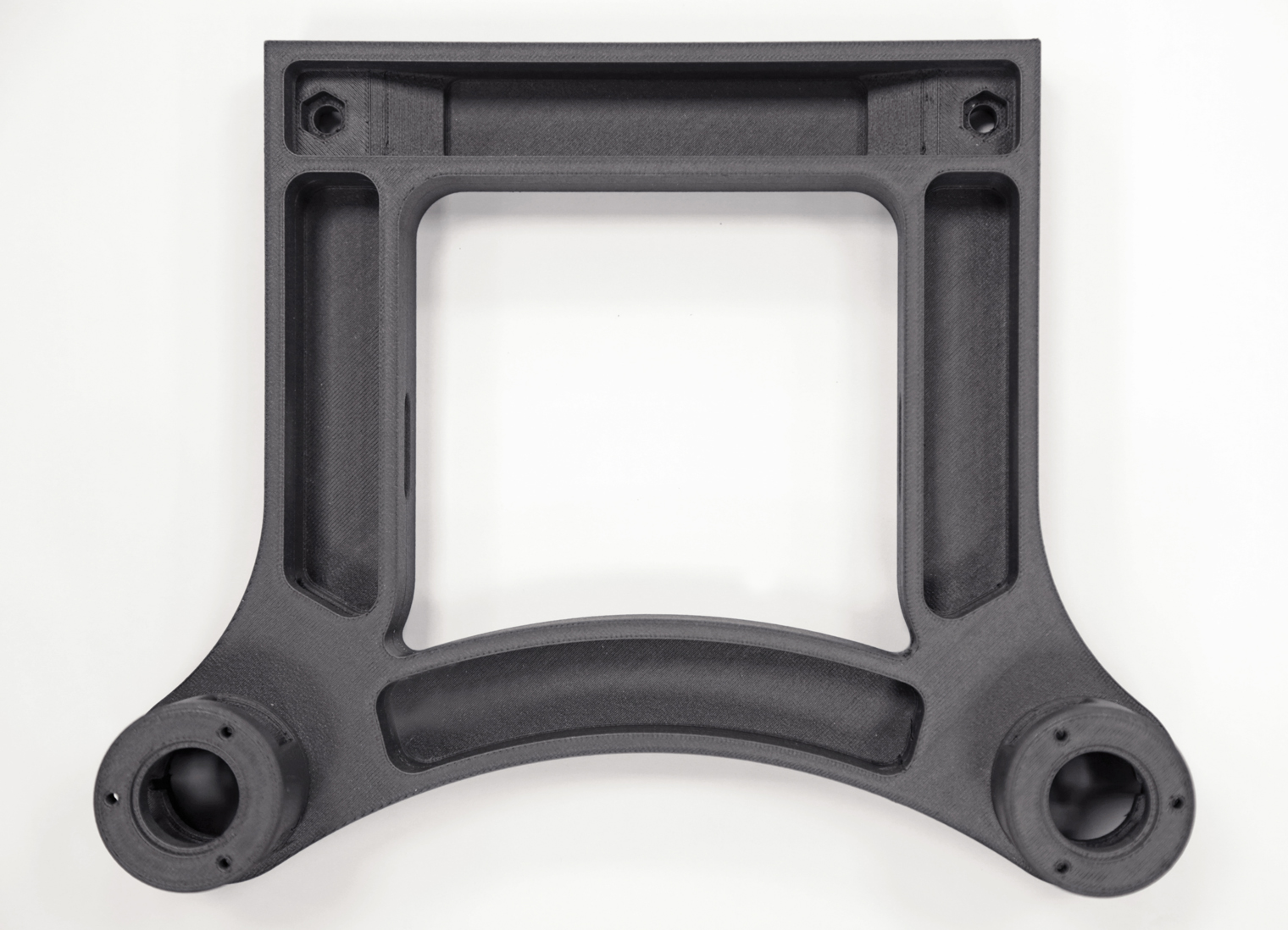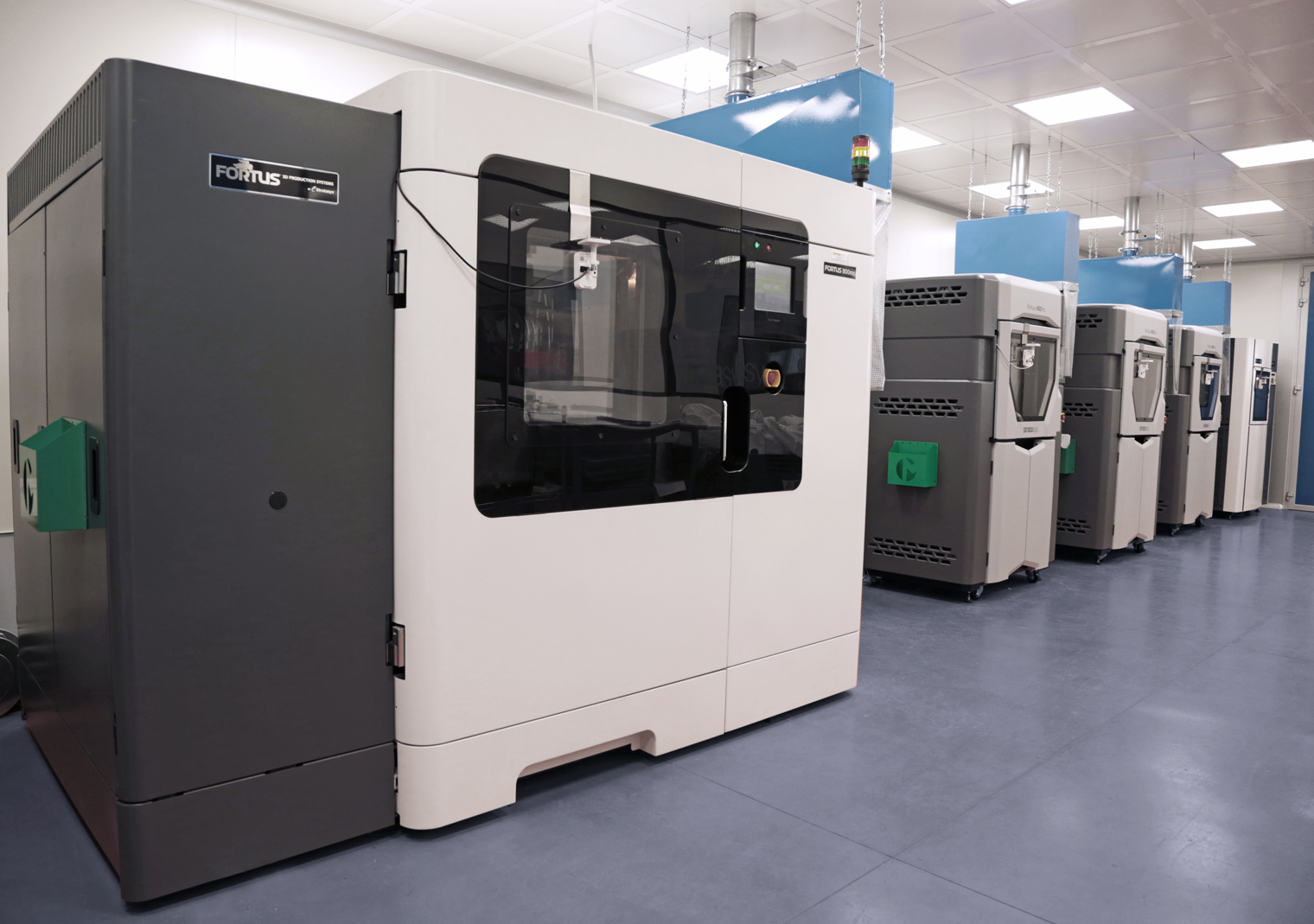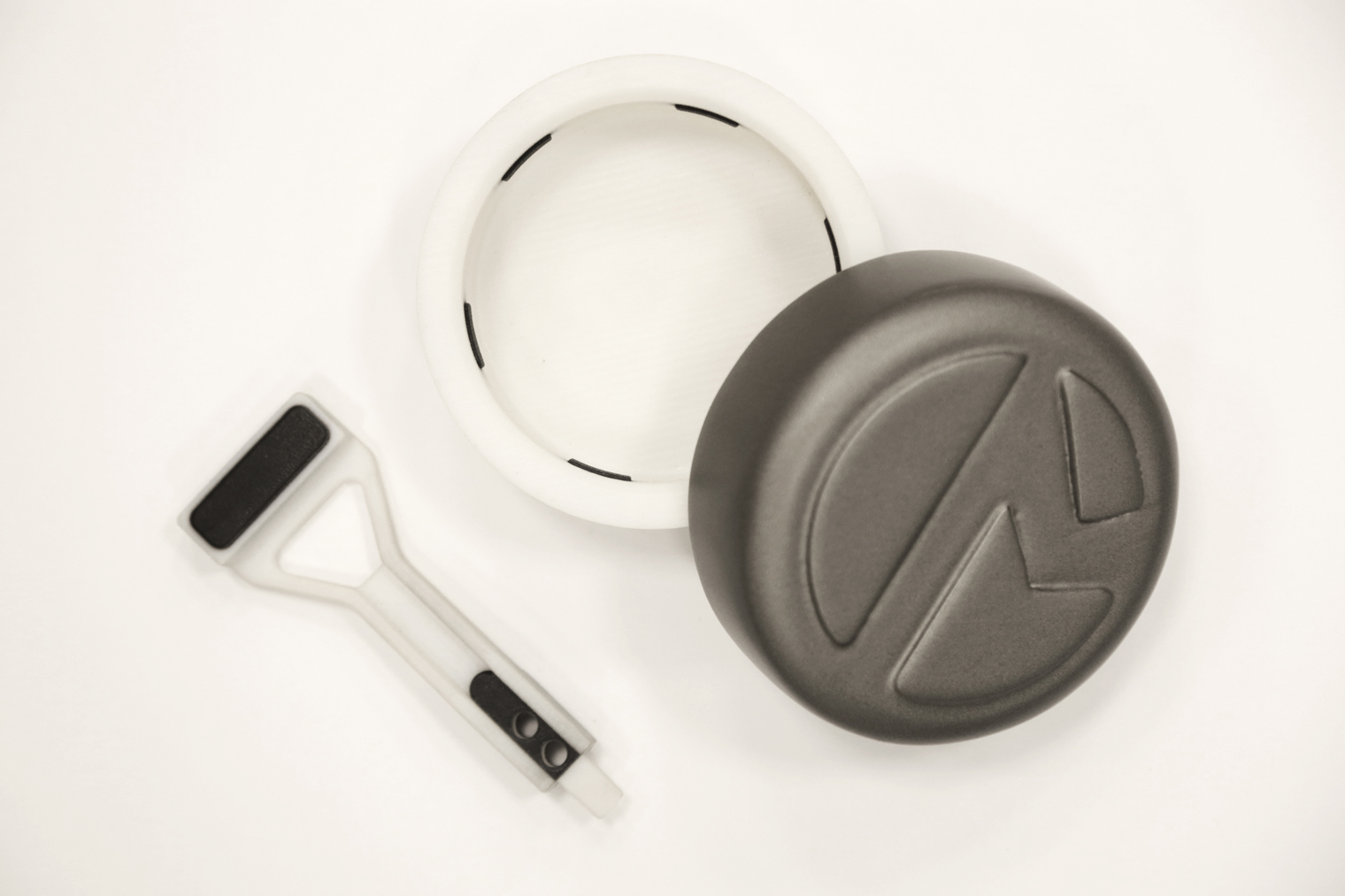Marchesini Group S.p.A., an Italian manufacturer of automated packaging machinery, has adopted an entirely customized production business model using Stratasys 3D printing technology.
Located within a dedicated 3D printing facility, Marchesini is using ten Stratasys FDM 3D printers, as well as two PolyJet multi-material 3D printers, to design, develop and manufacture its carton machines, as well as several other packaging lines. With 3D printing, all of Marchesini’s machines are tailored to a specific industry or customer’s production process, in order to meet the needs of the international packaging sector.
“At Marchesini Group we say that ‘extra-ordinary is our ordinary’, meaning that we are faced with challenging, entirely customized projects on an almost daily basis,” comments Mirko Fortunati, Responsible for Coordinating the Mechanical Workshops at Marchesini Group. “However, producing complex, customized parts with traditional manufacturing methods has proved extremely costly and time consuming, which is no longer suited to the growing demands of today’s packaging manufacturing industry.
“Importantly for our business, Stratasys additive manufacturing has enabled us to overcome these issues and adopt a customized production model.”

Adopting customized production business model
Marchesini, established in Pianoro in 1974, produces a wide range of packaging machines and lines for the pharmaceutical, cosmetic and food industries industries. Originating as a small local business in a suburban garage, the company now operates globally through an extensive network of foreign companies and representative offices in over 68 countries.
The company has employed 3D printing to produce thousands of functional parts and components for its packaging machines, including protective cases, cable support systems and junction boxes to name a few. Marchesini’s Stratasys 3D printers include a Fortus 900mc, four Fortus 450mc and five F270 FDM machines. and the two PolyJet systems.
“Having this on-demand production capability enables our engineers to take advantage of the greater design freedom enabled by 3D printing, which has empowered Marchesini Group to achieve higher-quality results for our customers,” adds Fortunati.
Furthermore, with its customized production business model, Marchesini has been able to optimize its lead times while minimizing costs, according to Fortunati: “Integrating our industrial-grade FDM 3D printers into our production process has drastically reduced our part lead times from several weeks to a few days. Added to that, we can cost-effectively produce the exact quantity of parts we need, without requiring expensive tooling or machining.”

Leveraging 3D printing has been particularly important for the company’s robotic packaging systems, where every single component matters in order to ensure the robot’s agility, precision and speed of movement. This is an area Stratasys’ 3D printing materials have also made a big impact. “Using tough thermoplastics such as Stratasys’ FDM Nylon 12CF filament or ULTEM 9085 resin in place of traditionally machined metal components has enabled us to reduce the weight of some parts by at least 30%,” explains Fortunati. The materials also comply with specific industry regulations.
The on-demand production capability of 3D printing has benefited Marchesini’s maintenance and repair operations for its customers as well. With its packaging machines installed at customer locations throughout the world, the company is now able to quickly and cost-effectively 3D print customized replacement parts on-demand with no minimum order requirement. Significantly, this eliminates the need for costly storage facilities of spare inventory.
Fortunati concludes, “It’s fair to say that additive manufacturing is an integral part of Marchesini Group production. In 2019 alone, we recorded a total of 22,480 hours of operation for our FDM 3D printing equipment – equating to almost 15 hours a day. For our two PolyJet 3D printers, a total of 1,700 hours of operation, the equivalent of about 8 hours a day. As we continue to expand these technologies across our design and production process, we can expect these figures to be even higher in the future.”

Companies benefiting from implementing 3D printing
Stratasys 3D printers have been employed in a number of industries for a variety of applications, and as such, we often see various case studies where companies have used the technology to improve their manufacturing processes.
Last year, Stratasys’ Objet260 Connex3 3D printer was used by Torus Group, a bespoke metrology specialist, to establish a novel 3D printing application for the packaging industry, which was showcased at the 2019 TCT Show in Birmingham, UK.
Outside the packaging industry, earlier in 2020 it was revealed that Stratasys’ new full-color, multi-material J826 3D printer is being used by BiologIC Technologies, a UK-based biotechnology firm, to create a ‘desktop PC’ of life sciences and biology.
Furthermore, Due Pi Greco, an Italian product development service provider, has leveraged FDM 3D printing technology from Stratasys to expand its use of additive manufacturing from prototyping to production.
The nominations for the 2020 3D Printing Industry Awards are now open. Who do you think should make the shortlists for this year’s show? Have your say now.
Subscribe to the 3D Printing Industry newsletter for the latest news in additive manufacturing. You can also stay connected by following us on Twitter and liking us on Facebook.
Looking for a career in additive manufacturing? Visit 3D Printing Jobs for a selection of roles in the industry.
Featured image shows Marchesini Group’s 3D printing facility, featuring twelve industrial-grade Stratasys 3D printers. Photo via Stratasys.


